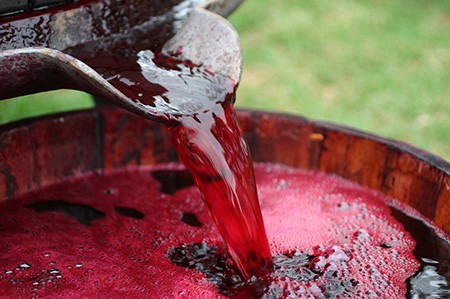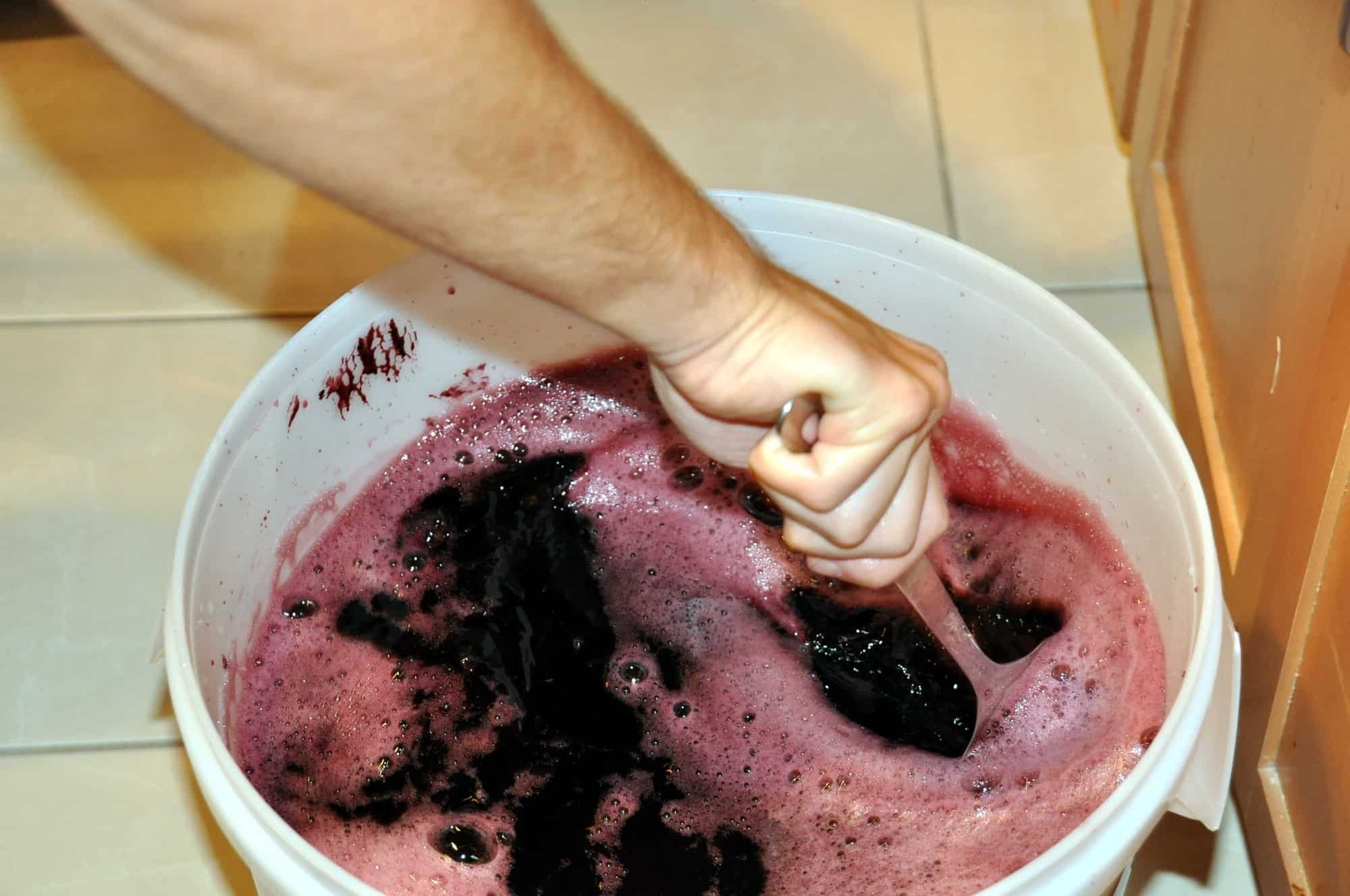How to Sweeten Wine [Simple Instructions & Explanations]
Learn how to make sweet wine in the latest in our winemaking series. We carefully explain the different methods so you can decide which one is right for you.

The most popular wines are probably the sweet ones.
In the past, sweet wines were reserved for the nobles and kings because of their excellent ability to preserve the spirit of the fruit, expressed in its sweetness and in its fascinating aromas.
But making sweet wine sometimes requires more effort and dedication.
It's not just a matter of adding sugar to taste. You need to consider the effect you're having on the fermentation process very carefully.
One of the most common problems among novice winemakers is how to sweeten wine.
We've got the answer today in our guide to making wine sweeter.
Key Differences Between Dry Wine and Sweet Wine
Sugar is a crucial component in winemaking. It's converted into alcohol in the fermentation stage, turning your grape juice into wine.
The main difference between dry wine and sweet wine is the amount of sugar that is dissolved into the wine, but crucially, not transformed into alcohol during the fermentation.
This leftover sugar is called “residual sugar”. It's usually measured in g/L or grams per Liter.
The amount of residual sugar will determine the sweetness of the wine.
In dry wines the quantity of residual sugar is minimal, and you will not be able to taste it.
On the other hand, you should also know that in very fresh wines the sweetness is balanced by the acidity, therefore it is hard to notice.
Typically, sweet wines have lower alcohol concentrations than dry wines. This is because the fermentation process is stopped earlier to retain sweetness.
Level of Sweetness | Residual Sugar (grams per liter) | Typical Types of Wine |
|---|---|---|
Bone Dry | < 1 g/L | Most Dry Wines |
Dry | 1 - 10 g/L | Most Dry Wines |
Off Dry | 10 - 35 g/L | Riesling, Chenin Blanc, some sweet reds |
Sweet | 35 - 120 g/L | Sweet white wines like Moscato, sweet Riesling, sweet reds like 'Jam Jar' |
Very Sweet | 120 - 220 g/L | Dessert wines like Ice Wine, Sauternes, and Tawny Port, also late harvest wines |
Making Sweet Wine: Challenges
The alcohol in wine is produced by the fermentation of the sugars by the yeast. The amount of sugar determines the quantity of alcohol produced during the fermentation process.
To determine how sweet or dry is your wine, you should measure the specific gravity during the fermentation process.
This is an essential part of winemaking and the measurement is taken using something called a hydrometer. This measures the density of a liquid based using buoyancy. Basically, the more sugar a liquid contains the 'thicker' or more dense it is.
Wines with a specific gravity lower than 1.000 are considered dry, while sweet wines generally have a specific gravity between 1.010 – 1.025.
Related: Got a sweet tooth? Don't miss our guide to unmissable sweet white wines next!
However, even if it’s relatively easy to measure the specific gravity, and therefore knowing when you have the desired sweetness, interrupting the fermentation process is not exactly simple.
Yeast usually stops fermenting when the wine reaches a certain alcohol concentration, or when the sugar is completely consumed.
Therefore, if you don’t start making the wine with enough sugar, you will probably end up with a dry wine.
If you’re not an expert winemaker, determining the right quantity of sugar to start with is rather difficult.

How to Sweeten Wine
There are a couple of ways to sweeten homemade wines.
- 1Stop the fermentation process early (retain sugar)
- 2Add sugar (after the fermentation is complete)
1. Retain Sugar by Stopping an Active Wine Fermentation
The best way to make sweet wine is to interrupt the fermentation process at an early stage.
This stops sugar from being converted to alcohol. The remaining sugar remains in the wine as residual sugar.
This is how the sweet wines like Moscato that you know and love are made by their expert craftsmen and woman.
You can stop wine fermentation in a variety of ways:
Related: These budget sweet reds shouldn't be written off. See which bottles we recommend that don't cost the earth!

2. Add Sugar to Wine
The easiest alternative method is adding sugar to the already made wine post-fermentation.
This is done before bottling and is known in the industry as back sweetening.
Cane sugar is most commonly used but you can use all sorts of alternatives. Just remember to make sure whatever you add is completely dissolved and well stirred in.
Honey, beet sugar, and corn sugar are alternative wine sweeteners that you may want to try.
Here's how to sweeten wine with sugar:
Warning!
When adding sugar to wine it's incredibly important that you kill or remove all of the yeast prior to bottling. If any yeast remains then fermentation will continue inside the wine bottle. The pressure of the CO2 will either pop the corks or crack the bottles.
How to Prevent Fermentation After Bottling
If you've just sweetened your wine, it's essential that you kill or remove all of the yeast in it before it's bottled.
If not, the carbon dioxide that's produced by the fermentation will cause such a pressure build-up that your bottles will fail.
Stopping an active fermentation (see the last section) is slightly different to preventing a fermentation from re-starting.
Here's how to stabilize a wine after back sweetening it:
- 1Add Campden tablets (1 per gallon) - this is a wine sterilizer (sulfite) that helps to stop fermentation. Sodium metabisulfite and potassium metabisulfite can be used too.
- 2Add potassium sorbate (1/2 teaspoon per gallon) - this wine stabilizer stops yeast from reproducing. A single yeast cell leftover can reproduce and start fermentation again so potassium sorbate is really important to prevent this from happening.
Another simple method is to add a certain amount of sweet grape juice to the wine.
However, this affects the taste and balance more than sugar, especially if your wine is made from another fruit.
If you choose this method, pay attention to properly sterilize, filter, and clarify the wine. Store it at a low temperature in stainless steel tanks to prevent further fermentation.

Hey Tim.
I made strawberry wine with strawberries from near where I live (last year).
The wine turned out great ! I didn’t stop the fermentation at all and the wine was dry.
I was happy, but to keep the sweeter toothed people around me happy, I’m going to try to add brandy this year and see how that does.
I’ll let you know, thanks for the tips!+